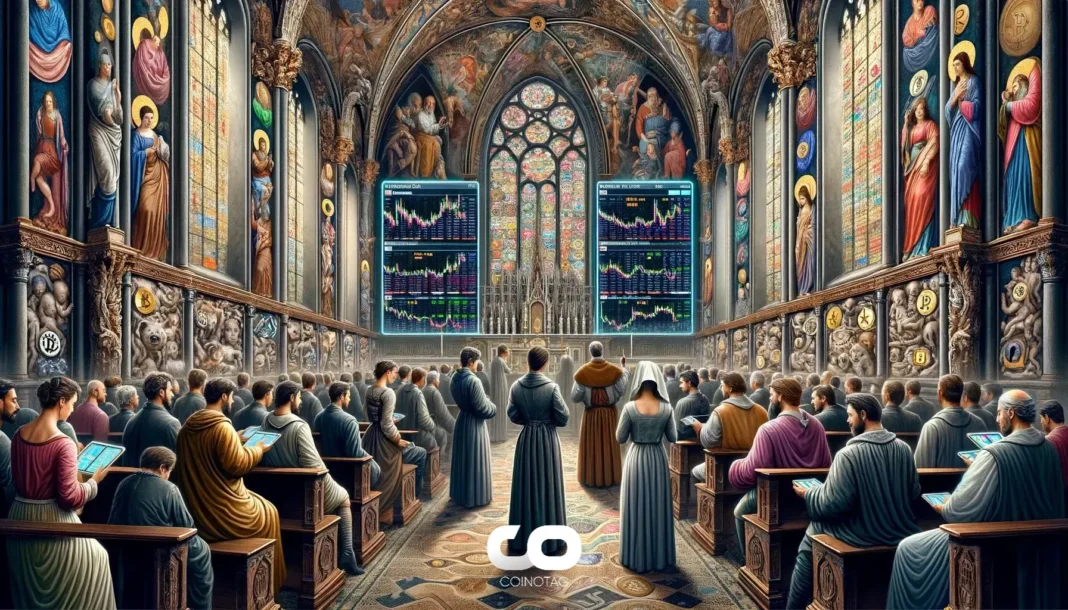The Ethereum roadmap outlines immediate gas and efficiency tweaks, midterm layer-2 speed and cross-L2 interoperability, and a long-term focus on quantum-resistant cryptography and formal verification to secure and scale the network for decades.
-
Long-term: quantum resistance and formal verification to future-proof Ethereum
-
Midterm: cross-L2 interoperability and faster responsiveness to boost throughput
-
Short-term: higher L1 gas limits and transaction efficiency improvements; market price remains above $4,000
Ethereum roadmap: Vitalik Buterin details quantum-resistant security, layer-2 speed upgrades, and short-term gas optimizations — read our analysis and market outlook.
What is the Ethereum roadmap vision presented by Vitalik Buterin?
The Ethereum roadmap is a phased plan prioritizing short-term transaction efficiency and higher L1 gas limits, midterm cross-L2 interoperability and speed improvements, and long-term quantum-resistant cryptography with formal verification to ensure security and simplicity for global-scale use.
How does Ethereum plan to achieve quantum resistance and formal verification?
Buterin emphasized applying advanced mathematical techniques and formal methods to verify critical protocol code. This reduces subtle consensus risks and prepares the chain for post-quantum cryptography standards. Industry research and cryptography working groups (not linked here) are referenced as sources of evolving best practices.
Vitalik Buterin, the founder of Ethereum, presented the multi-phase roadmap at a developer conference in Japan. He framed the roadmap to balance security, simplicity, and scalability, so user experience does not suffer as throughput increases. The framework separates immediate operational fixes from systemic, long-term cryptographic upgrades.
Why are layer-2 speed and cross-L2 interoperability midterm priorities?
Layer-2 networks already carry a large share of transaction volume. Buterin’s midterm priorities focus on cross-L2 messaging, unified UX across rollups, and protocol-level responsiveness improvements. These steps aim to lower latency, reduce failed transactions, and enable smoother asset movement across rollups.
Vitalik presented Ethereum’s roadmap at Japan Dev Conference today: short-term goals focus on scaling and increasing L1 gas limits; mid-term aims target cross-L2 interoperability and faster responsiveness; long-term vision emphasizes a secure, simple, quantum-resistant, and…
— Wu Blockchain (tweet content, September 17, 2025)
How will short-term gas and efficiency improvements affect users?
Short-term measures include raising L1 gas limits and optimizing transaction inclusion to reduce per-transaction cost and confirmation times. These changes are intended to improve day-to-day UX for wallets, dApps, and retail users while larger architectural upgrades proceed.
Ethereum’s market shows resilience: current trading price remains above $4,000, with the latest price reported at $4,492.15 and a 24-hour change of +0.93%. Reported 24-hour trading volume rose to $34.14 billion. Such market stability signals investor confidence ahead of protocol upgrades.
Frequently Asked Questions
Will Ethereum be safe against future quantum computers?
Ethereum’s long-term plan includes adopting post-quantum cryptographic standards and formal verification of consensus-critical code. This reduces the risk from quantum advances, but timelines depend on cryptography research and community coordination.
How soon will layer-2 speed gains appear for users?
Midterm improvements target faster cross-L2 messaging and responsiveness within rolling upgrades; some user-facing gains could appear within months, though full interoperability will roll out progressively across projects.
Key Takeaways
- Phased approach: Short-term efficiency, midterm layer-2 interoperability, long-term quantum resistance.
- Security priority: Formal verification and advanced cryptography to reduce systemic risk.
- Market context: Ethereum price stability above $4,000 supports confidence in upgrades.
Conclusion
The Ethereum roadmap presented by Vitalik Buterin balances immediate transaction efficiency and gas optimizations with midterm layer-2 speed and interoperability work, and a long-term push for quantum-resistant security and formal verification. Watch for progressive rollouts that prioritize user experience as the protocol evolves.





